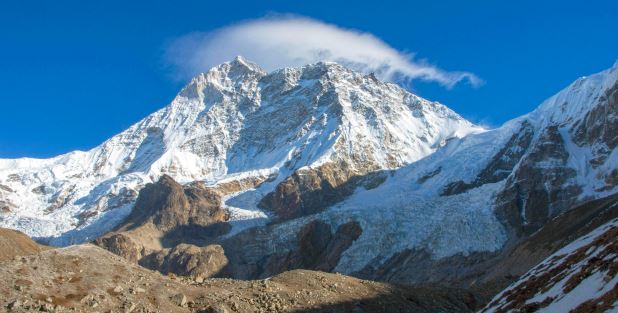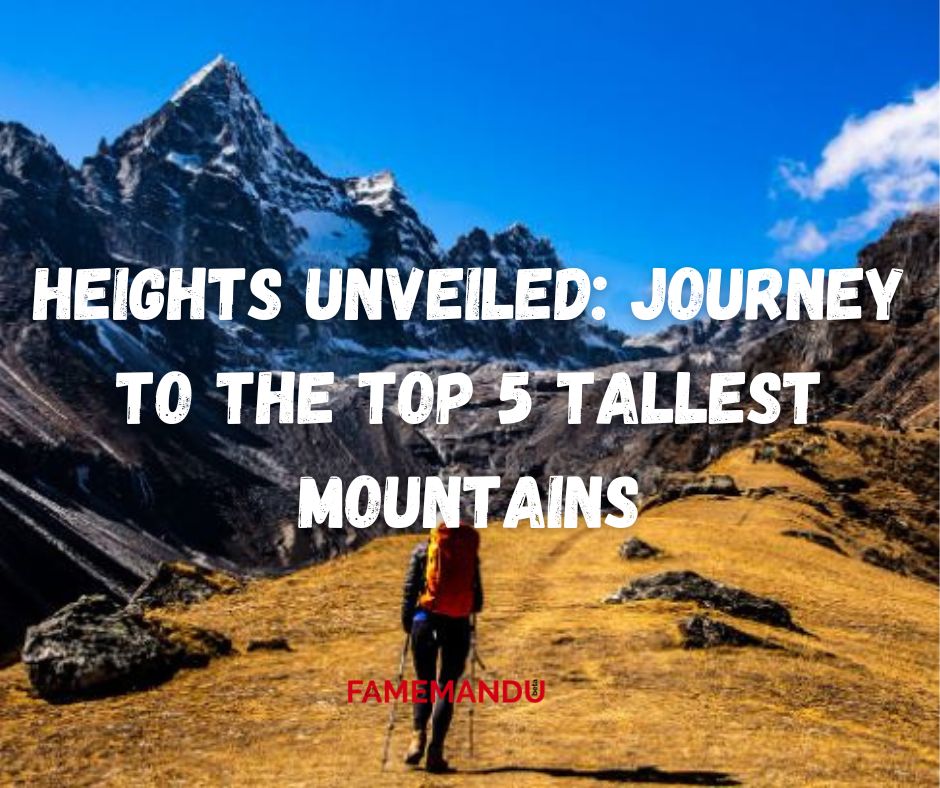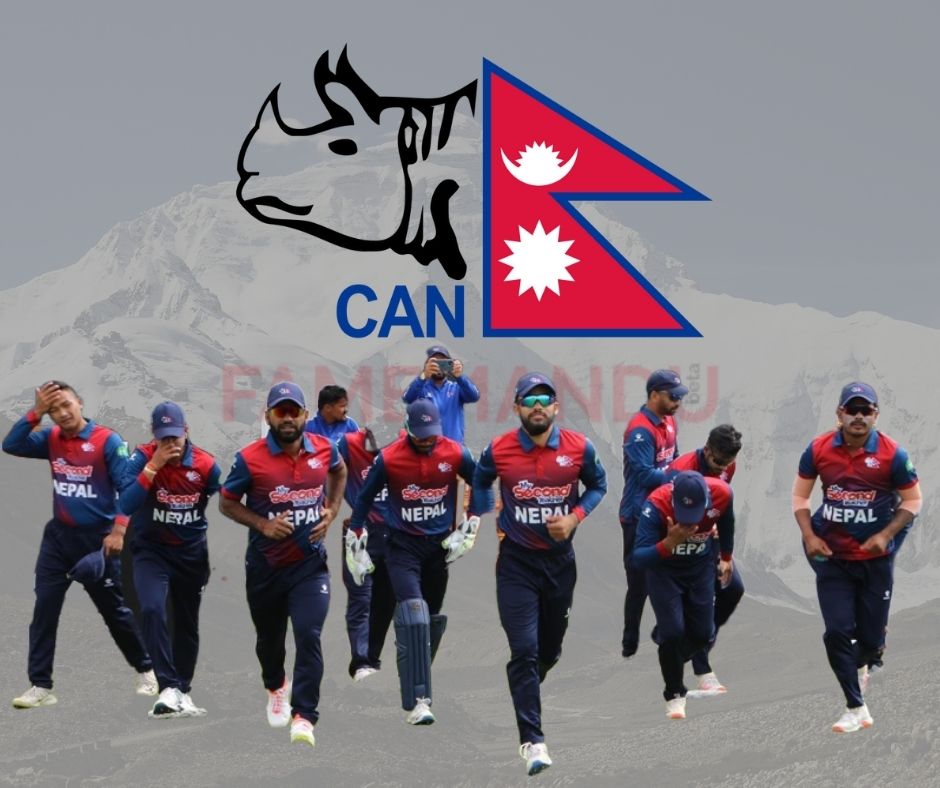1. Mount Everest – 8,848.86m
At 8,848.86 meters (29,031.7 ft), Mount Everest is the tallest peak in the world. It is located in the Himalayan range, straddling the boundary between China and Nepal. Ever since Sir Edmund Hillary and Tenzing Norgay became the first people to reach the top in 1953, this mountain, known for its difficult ascent, has attracted travelers. Because of tectonic activity, the mountain’s height is constantly fluctuating. Climbers face serious hazards due to Everest’s hazardous circumstances, intense cold, and low oxygen levels, which have led to many difficulties and deadly accidents. Everest’s surrounding area is home to a variety of habitats, such as glaciers and alpine meadows, which contribute to the mountain’s environmental value and attraction.
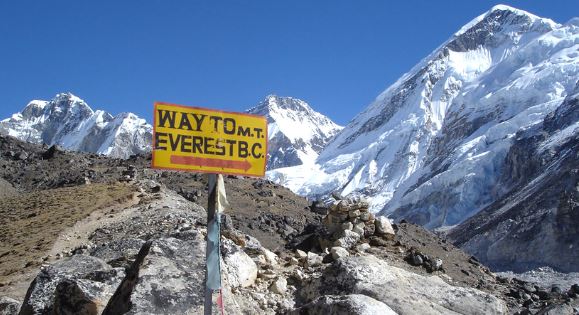
2. Mount K2 – 8,611m
Situated in the Karakoram Range on the boundary between China and Pakistan, Mount K2, at 8,611 meters (28,251 feet), is the second-highest summit in the world. K2, often known as the “Savage Mountain,” is well-known for its difficult obstacles, precipitous slopes, and severe weather. The mountain is known to be more technically challenging to climb than Mount Everest, with a fatality rate that is greater and a lower success rate. Climbing K2 is dangerous because of the hostile terrain and erratic weather. Experienced climbers looking for the ultimate challenge in high-altitude climbing will find it to be a captivating yet challenging destination due to its stunning pyramid shape and remote location.
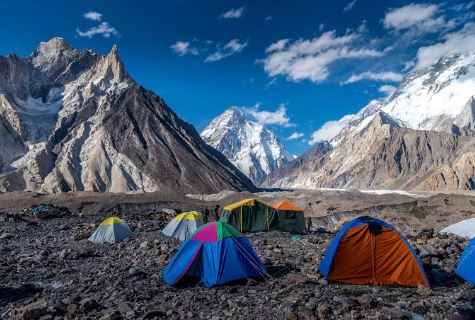
3. Mount Kangchenjunga – 8,598m
At 8,598 meters (28,209 feet), Mount Kangchenjunga is the third-highest peak in the world. It is majestically situated in the Eastern Himalayas, straddling the border between India and Nepal. It is India’s tallest peak, revered by the people who live there, and it has cultural significance. The name Kangchenjunga translates to “The Five Treasures of Snow,” alluding to its five peaks. Its attraction is heightened by the difficult climb, varied ecosystems, and exceptional biodiversity of the nearby Kangchenjunga Conservation Area. Climbers face difficulty on the peak due to its unpredictable weather and technical problems. The goal of conservation initiatives is to protect the abundant wildlife, which includes the rare snow leopard. Mountaineers and environment lovers alike will find Kangchenjunga to be an enthralling trip due to its breathtaking presence and cultural significance.

4. Mount Lhotse – 8,516m
At 8,516 meters (27,940 feet), Mount Lhotse, the fourth-highest peak in the world, soars in the Himalayas close to Mount Everest. Because of its closeness to Everest, the Tibetan name “Lhotse” means “South Peak” in English. The mountain is well known for its difficult climbing conditions, which include icy faces and steep slopes, drawing in expert climbers in search of difficult summits. One of the world’s steepest and most challenging faces is the Lhotse South Face. The difficult Lhotse Couloir and the perilous Khumbu Icefall must be traversed during the ascent. Despite its intimidating reputation, Lhotse and Everest climbers travel a portion of the same path, posing a special combination of difficulties on these magnificent peaks in the Everest region.
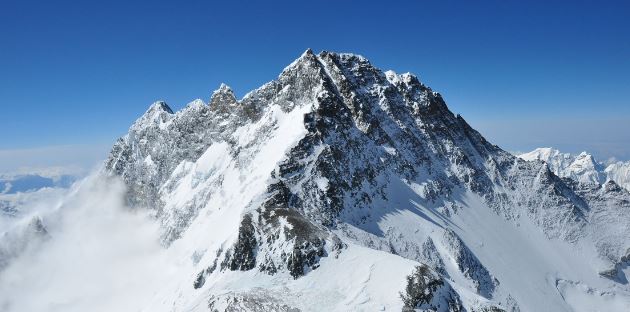
5. Mount Makalu – 8,485m
At 8,485 meters (27,838 feet), Mount Makalu is the fifth-highest peak in the world. It is located in the Mahal Angur Himalayas, southeast of Mount Everest, on the border between China and Nepal. The mountain, which bears the name of the Hindu goddess Makalika, is well-known for its steep ascent and pyramidal form. Makalu draws experienced mountaineers looking for high-altitude challenges because of its exposed ridges and steep slopes, which make it a formidable ascent. Encircling the mountain is the Makalu-Barun Valley, a recognized protection area that is home to a variety of endangered species, including the elusive snow leopard and red panda, as well as a wide range of ecosystems. Although Makalu is not as well-known as Everest, its technical challenges and pure environment make it important for mountaineering and conservation.
